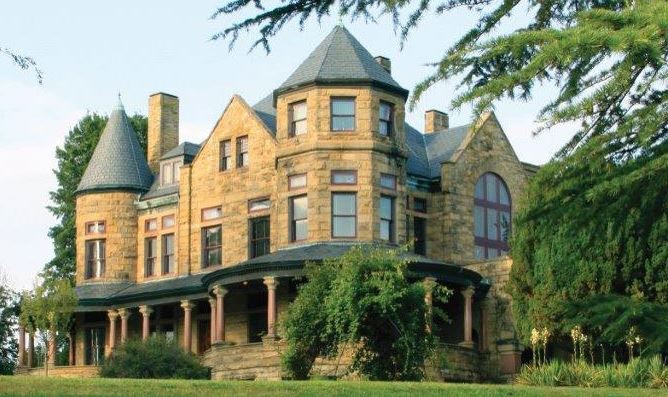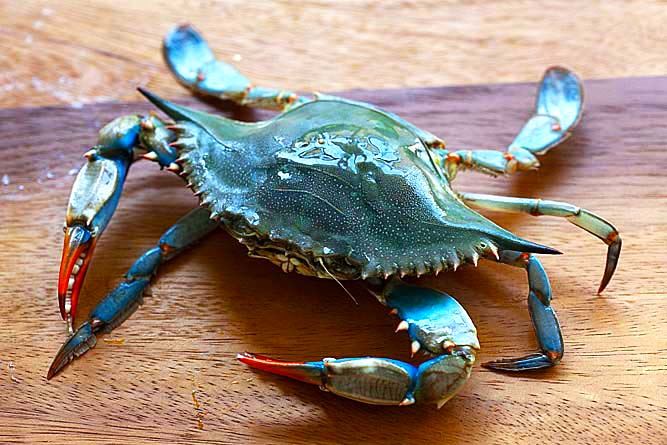What to Do in Richmond
The Richmond Con Committee welcomes you to the capitol of the Old Dominion, which is a rapidly evolving mix of old and new America. While many of our earliest statesmen and presidents were born in Virginia, today the most dynamic and fastest-growing part of the state—Northern Virginia—competes with Silicon Valley and Austin, Texas, for the most talented engineers and software developers in the world. Of course, you're welcome to visit TripAdvisor and review user comments about places to see and things to do in Richmond, but we thought we’d share our own favorite places and hope you’ll take the time to visit one or more of them while you're here. EXPLOREVirginia Museum of Fine Arts. A modern museum in a quiet neighborhood about two miles from the Jefferson, the VMFA is an excellent mid-sized museum, with a superb collection of decorative arts. It is internationally known for its collection of lamps and objects from the legendary studios of Louis Comfort Tiffany. A new show, “The Dirty South: Contemporary Art, Material Culture, and the Sonic Impulse” focusing on contemporary Black artists opens at the end of May 2021 and will be on exhibit while you are visiting. The sit-down restaurant at the museum, Amuse, is excellent. Reservations are recommended, as it is often busy. There is on-site parking. |
Maymont. This well-preserved estate overlooking the James River claims over 100 acres of walking trails, gardens, and an arboretum. While it is most compelling in the Spring, there will undoubtedly be something to see amidst the many individual gardens even in July. For the adventurous, there’s Texas beach below Maymont, which offers access to the James River and a network of trails. Remember, it’s all uphill back to the parking area. Keep in mind that it is very hot and humid in Richmond in July and dress accordingly. Sensible footwear and hydration are musts.
|
Lewis Ginter Botanical Garden. About five miles north of downtown Richmond, Lewis Ginter Botanical Gardens features a large domed conservatory, dozens of separate landscape settings, and contemplative outdoor walled gardens set on 50 acres. Advanced tickets are required. Keep in mind that it is very hot and humid in Richmond in July and dress accordingly. Sensible footwear and hydration are musts. |
The American Civil War Museum. Originally, this museum focused on mostly on military history, battles, and leaders of the conflict and was housed in a cramped space with a poorly curated collection. In recent years, it has relocated to a newly renovated space near the river, about a mile from the Jefferson, and has shifted its focus to a more holistic educational program, increasing its focus on the economic and social history of the war and its aftermath. Though the strength of its collection remains military-related artifacts, their display is now set in a broader historical context. Despite being close to the hotel, we recommend driving or taking an Uber or taxi rather than walking, because the route is bisected by several very busy roads. Carytown. A trip to the very walkable Carytown can be about shopping, dining, cocktails, people-watching, or rummaging through second-hand shops. There are few national chains in the area, so nearly all shops and restaurants are unique. We’ll be in the area as a group on Saturday for a showing of Miss Fisher & The Crypt of Tears at the Byrd Theater. It’s a bit too far to walk from the Jefferson (about 2.5 miles), and parking in the area is hard to find, so we recommend an Uber or taxi. Some other ideas: Hollywood Cemetery. Historic and lovely, but it is too large to be walked in the July heat, and is gorgeous in April and May. Local companies offer tram-tours of its grounds. The Fan District. Given its name from the array of streets, which spread out wider as one heads west. Not far from the Jefferson, a walk through the fan-district will allow you to take the grand-tour of late 19th century and early 20th century American architecture. As Richmond rebuilt after the war, great fortunes were made, particularly in the tobacco industry, and many of the wealthiest people built houses in this area. Belle Isle. This is not only a large park in the middle of the James River, but also the beach. Lots of people sun themselves on the rocks alongside the river and walk or run the many trails in the park. If you brought your climbing shoes with you, there’s a natural granite wall. Ditto, your mountain-bike, which is welcome here too. EatAs for VA culinary attractions, there's salt-cured hams, which most people either revere as a delicacy or flat-out hate. Smithfield is probably a brand most people have heard of, though locals love Edwards. |
You will be in Richmond at the peak of blue crab season. You may wish to try those, although eating them is quite an endeavor, requiring a wooden mallet to crack open their shells. Novices may find that their spiny shells nick their skin, letting in salt and seasonings to burn the cut. That’s part of the fun, or that’s what the locals say, especially after their third or fourth beer. A generic Southern food are fried green tomatoes that can be readily found on most menus and are usually served with a remoulade. Similarly, grits are the glue that hold Southern culture together. They are our version of polenta. There are yellow, white, and red versions. Most restaurants now use a better quality than one finds in the Waffle House, and one of the best is Anson Mills. |
|
Speaking of which, Waffle Houses are a fact of life in the southeastern US. Open 24/7, even during hurricanes. Some folks at FEMA have diagnosed the impact of severe weather on a region by plotting how many Waffle Houses had to shut down. Not haute cuisine, but definitely filling food. You'll often meet an interesting group of people in a Waffle House at 2:00 in the morning. There's a biscuit v. bagel divide in the Old Dominion. Northern VA is growing rapidly, bringing in people from all over the world to work in cyber-security, IT, and government contracting, and they're bringing their food ways with them. In NoVA, you'll readily find naan and bagels, along with Teslas and Mercedes S-types. In the central and western part of the state, you'll find the Ford F-150 SuperDuty to be more prevalent and for biscuits to be the starch of choice at breakfast and sometimes at supper too. Why are biscuits better in the South? Most flour sold in national grocery stores is a hard-grain variety. The best flour for biscuits is soft-grain winter wheat. It has less protein and does not flake and crumble as readily when baked. That's what most biscuits in the South are made from. IMBIBEThe beverage of choice in Virginia is Virginia wine. We have a humid, sub-tropical climate in the mid-Atlantic, which is not the best one for growing wine-quality grapes. Over the past thirty years though, the Virginia Piedmont region has produced wine of ever-increasing quality. Locals are quite proud of what the industry has achieved. You might also wish to try a craft beer from the pioneering Devil’s Backbone Brewing Company, which was purchased by AB InBev, but remains largely an independent fixture in the Virginia mountains near Charlottesville. |
Arriving early or staying till Sunday?Here's a grab-bag of ideas from the con committee to get you started! Please note - most of these will require reservations, so don't wait till you get to Richmond to decide! |






